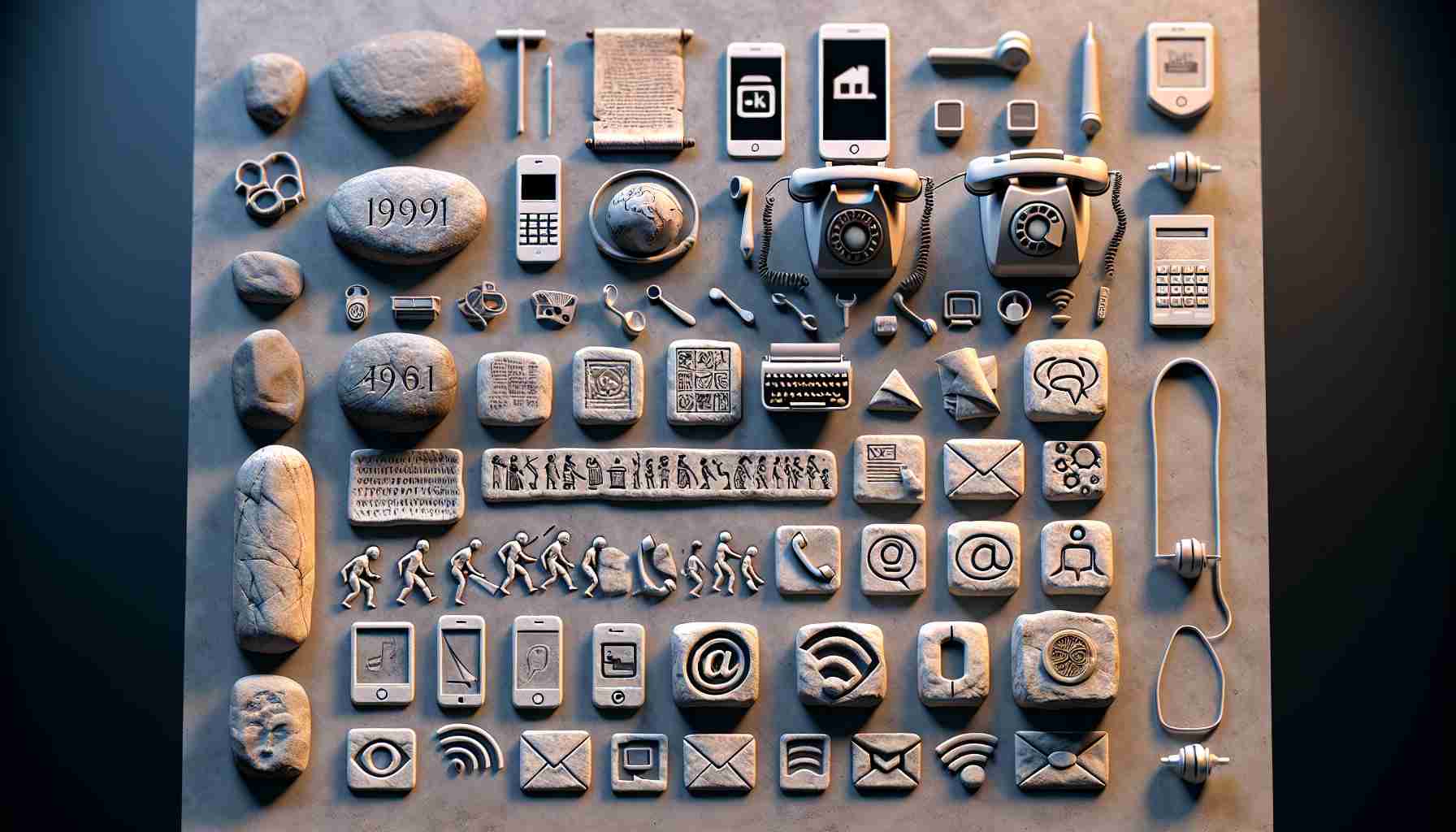As technology continues to advance rapidly, the way we communicate is constantly changing. In a time where smartphones have become ubiquitous, the reliance on alternative communication methods is becoming increasingly rare.
A recent survey conducted by a leading research firm in collaboration with a telecommunications company aimed to investigate people’s preparedness for communication during disasters beyond just using smartphones.
One notable discovery was that over half of the respondents, amounting to 52.3%, admitted to not having any communication methods other than a smartphone.
When asked about their plans if their current communication methods were to fail, 27.7% of individuals confessed to not having considered any alternatives. However, a significant portion, around 26.6%, mentioned they would turn to services like the disaster message dial “171” or public notice boards.
Furthermore, the survey revealed that if a user-friendly and reliable communication method, particularly during disasters, were available, over 80% of participants expressed their interest in utilizing such a service.
It is crucial for individuals to consider and prepare for diverse communication channels as part of their disaster readiness strategy. Thinking ahead and having multiple means of communication can ensure a more secure and efficient way to safeguard one’s safety and that of their loved ones.
Evolution of Communication Methods in Modern Society: Exploring Unseen Realities
As we delve deeper into the evolution of communication methods in modern society, there are pivotal questions that arise, shedding light on the intricacies and challenges surrounding this dynamic landscape.
What are the lesser-known communication methods that individuals are overlooking?
While smartphones dominate everyday communication, there exist several underrated methods that could prove invaluable in emergencies. For instance, radio broadcasting remains a reliable source of information, especially in regions with unstable network coverage. Additionally, amateur radio operators, known as “ham radio” enthusiasts, play a crucial role in emergency communication networks.
How do socio-economic factors impact access to alternative communication methods?
An often ignored aspect is the disparity in access to diverse communication tools. Lower-income households may struggle to afford smartphones or stable internet connections, emphasizing the importance of public facilities like community centers or libraries that offer free communication services. Bridging this digital divide is essential for ensuring equal preparedness for all individuals.
What are the ethical considerations in promoting alternative communication methods?
While advocating for diverse communication channels, it is vital to address privacy and data security concerns. Encouraging the adoption of new platforms should not compromise individuals’ information security or expose them to potential risks. Striking a balance between convenience and safeguarding personal data remains a significant challenge amid the evolving communication landscape.
Advantages and Disadvantages of Embracing Varied Communication Methods
Advantages:
– Resilience in emergencies: Diversifying communication tools reduces dependency on a single channel, enhancing preparedness during disasters.
– Inclusivity: Alternative methods cater to diverse needs, accommodating individuals with varying access to technology.
– Redundancy: Having multiple communication options acts as a safety net, ensuring connectivity even in cases of network failures.
Disadvantages:
– Fragmentation of information: Managing multiple platforms can lead to information overload, potentially causing confusion or missing critical updates.
– Learning curve: Adopting new communication technologies requires time and effort, which may deter individuals from exploring alternative methods.
– Maintenance costs: Maintaining different communication channels could incur additional expenses, particularly for businesses or organizations.
In navigating the evolving communication landscape, it is imperative to strike a balance between embracing innovation and preserving the reliability of traditional methods. By addressing the key questions, challenges, and ethical considerations, individuals and communities can foster a robust communication ecosystem that enhances resilience and inclusivity.
For further insights on communication evolution and societal trends, visit CommunicationStudies.com.























